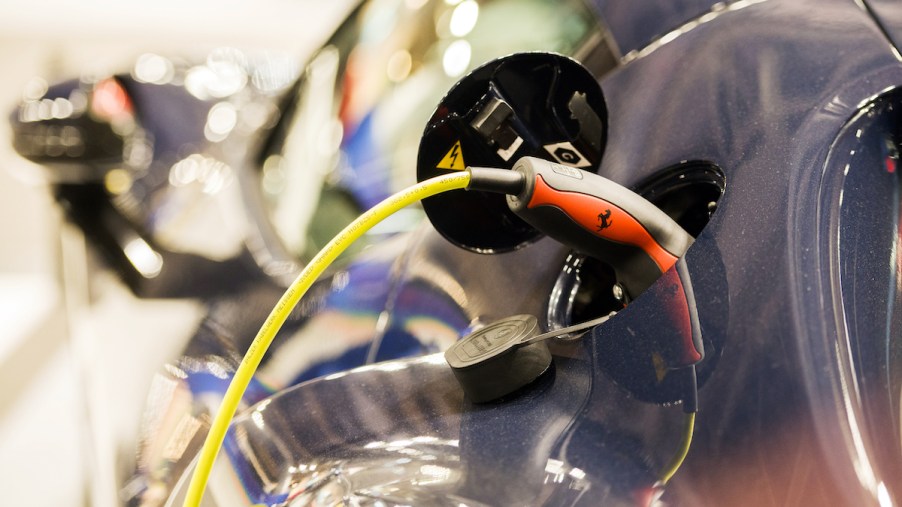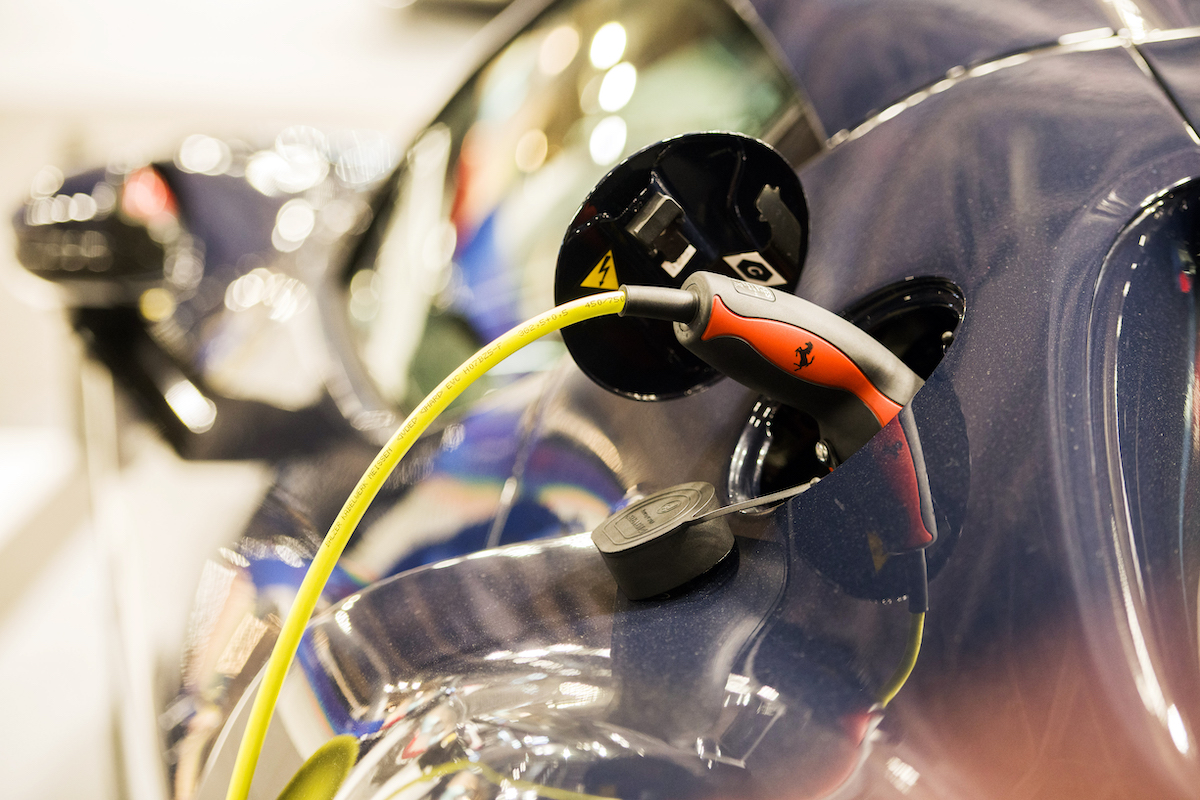
How Long Does It Take to Charge an Electric Vehicle (EV) With Level 1 Charging?
With electric vehicles (EVs) becoming more and more popular, many drivers find themselves needing to gain familiarity with EV terminology and the ins and outs of how these vehicles work. Charging levels, for example, may seem mysterious to the new EV driver. So let’s take a closer look at what charging levels are and what’s most important to know about Level 1 charging.

Here’s the equipment needed for Level 1 charging
As any EV owner will learn quickly enough, there are three charging levels for electric vehicles. Level 1 is the least powerful and is only available through 120-volt outlets, which are the outlets commonly found in our homes.
To take advantage of Level 1 home charging, there’s just one main item you’ll need to make sure you have, in addition to the 120-volt outlet. That’s a J1772 connector (and portable Level 1 cordset), as the U.S. Department of Energy explains. This should come standard with most EVs, so you shouldn’t need to purchase additional equipment to get started with your Level 1 charging.
Although Tesla vehicles have a unique connector, Teslas also come with a J1772 adapter, so owners are still able to use charging equipment made by other manufacturers.
How long does Level 1 charging take?
Because Level 1 is the least powerful type of charging, it can take significantly longer to charge your EV using nothing more than a 120-volt outlet. Every hour of charging will give you approximately five miles of range. So for a day’s commute of 40 miles, leaving your car charging for eight hours overnight should be sufficient.
If you want a full charge, however, you’ll need to leave your vehicle plugged in for up to two days, depending on its battery capacity. After all, it’s one thing to use your standard wall outlet to charge your laptop. It’s quite another to use it to fully charge an electric vehicle.
Given the slowness of Level 1 charging, finding a public charging station operating at this level these days is almost impossible. In fact, the U.S. Department of Energy notes that fewer than two percent of all public charging stations in the U.S. were Level 1 stations, as of 2021.
Finding a Level 1 charging station
Even though official public Level 1 charging stations are scarce, the good news about this type of charging is that it depends only on a standard outlet. For that reason, the possibilities for places to charge your EV may seem nearly limitless. Homes, workplaces, and businesses can all house potential spots to give your EV a charge.
That’s true in theory, but let’s break that down a little more: in order to charge your car from a standard outlet, you’ll need to be able to get your car close enough to use it. Practically speaking, this means that beyond your own garage, you may need to scout for public places that happen to have exterior wall outlets in a spot accessible to vehicles.
Such spots may be more difficult to find than you expect, especially given the likelihood of parking restrictions. For that reason, you’ll often find that it’s simpler to scout out a faster, higher-level public charging station, such as one of the many Level-3, DC Fast-Charging stations around the country.
Nevertheless, in a pinch, if you can find an accessible wall outlet, and you have the patience, you can charge your EV at least enough to get yourself home or to a higher-level charging station.


